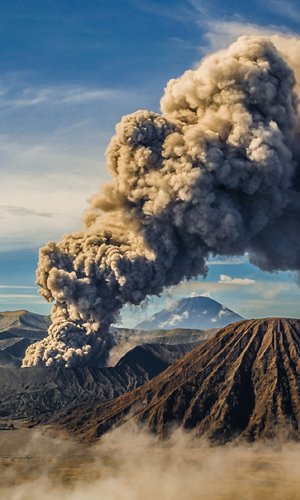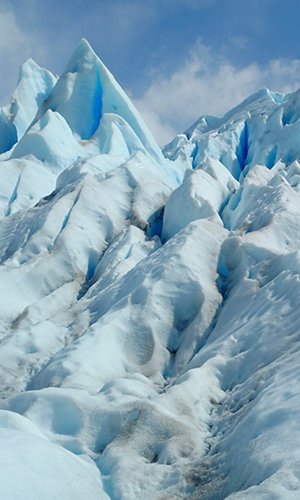The planet is warming due to the greenhouse effect—this is now clear to all of us. What is less well known is that the planet does not warm evenly since there are areas where the temperature rise is greater than in others. And these areas, it seems a paradox, are those above the Arctic Circle (66°33’39” north of the equator).
The Arctic is warming faster than the rest of the Planet. According to a recent study published in the journal Communications Earth & Environment conducted by a team of researchers from the Finnish Meteorological Institute, warming in the Arctic has been much faster in recent decades than anywhere else in the world.
Very fast, four times faster. What is the reason? The phenomenon is well known to scientists and has a specific name: Arctic amplification. According to the study, the Arctic Circle has warmed by about four degrees Celsius since 1979. The mechanism of Arctic amplification is based on the differing albedo of surfaces. Albedo comes from the Latin word “albus”, meaning “white”, and measures the amount of solar radiation reflected by a surface. The maximum value is 1 and indicates a material that reflects all the radiation that illuminates and heats it, while 0 is the albedo of a surface that absorbs all the radiation. Fresh snow has an albedo of 0.9, meaning that due to its absolute whiteness, it reflects almost all sunlight. Asphalt, on the other hand, has an albedo of 0.04 so it reflects very little and absorbs much of the solar radiation: that’s why it gets very hot in summer and sometimes melts. Sand, which has an albedo of 0.4, also gets very hot and so, since it retains almost half of the sun’s radiation, it scalds our feet when we walk on the beach before entering the sea.
The general increase in the planet’s temperatures is causing the melting of the sea ice that forms the Arctic ice cap. The ice disappears and uncovers the underlying ocean surface, which is darker than the ice, in fact it has an albedo of 0.06. The result is a rapid warming of ocean water, a phenomenon that has two consequences: the temperature of the atmosphere above the ocean increases and the warmer water melts more ice. It is a ripple effect, that is an amplification.
The vast expanses of ice are not the only endangered Arctic environment: permafrost, the perennially frozen ground, is also warming up a little too much, with major consequences. If the ice melts, the ground subsides and buildings built on the surface run the risk of collapsing. This is a well-documented phenomenon in the settlements on the Svalbard Islands, the Norwegian archipelago. Thawing permafrost also releases large amounts of carbon dioxide and methane, the main greenhouse gases, into the atmosphere.
The study of Arctic climate is very important; in fact, according to researchers, the polar regions are an open-air laboratory for observing and learning how to predict climate change.
By Andrea Bellati





